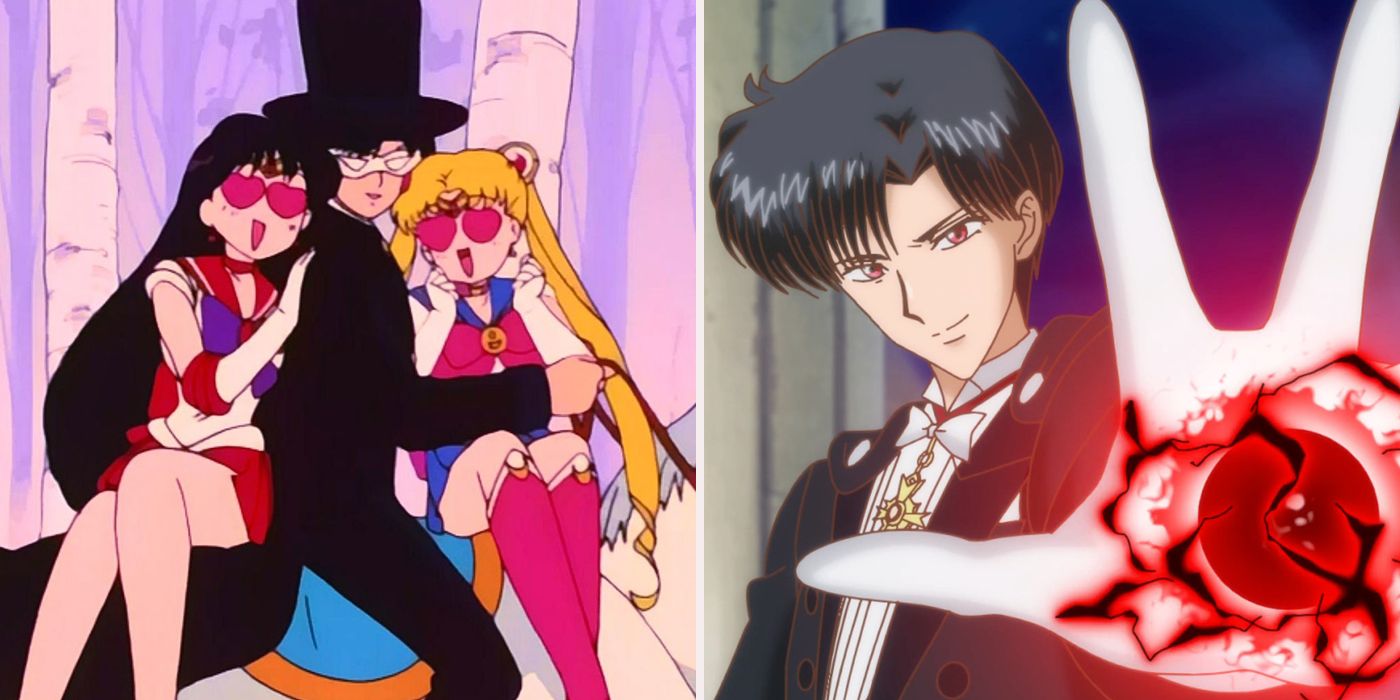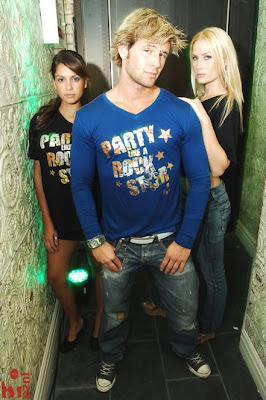

Film critic Tim Dirks points to the social commentary of the film, calling it a "satire criticizing the conservative scientific community" (Filmsite). The film was enormously popular, and Richard Abel notes that the film was instrumental in helping fuel "the transition to story films" (104). Unlike many of the Lumière brothers ' films which were actualities, A Trip to the Moon followed a specific story line created by Méliès, setting it apart from some of the early ventures in film. A Trip to the Moon is an early representation what was soon to dominate popular filmmaking with directors like D.W. Manipulating his sets specifically for film led Méliès to claim himself as the creator of mise-en-scene (Robinson). This concept of filming within a studio, creating a setting specifically for the story, and molding it to work well in a shot was one of Méliès areas of expertise. He built his studio in Montreuil, a suburb of Paris, and used it to make many of his dramatizations. Méliès is also noted for building one of the first studios specifically designed for filming.

However, A Trip to the Moon, as previously noted, is a striking combination of early narrative and specific nodes of visual spectacle (note the illustration of this in the image of the moon above). As Gunning's article The Cinema of Attraction discusses, narrative films often expressed the tendency to move away from the immediacy of spectacular moments of visual stimulus. It also illuminated one of the sensational aspects of film- its ability to produce immediate and sensational spectacle. This sort of effect in film could not be duplicated exactly in the real world, especially in traditional theatre, and this helped to distinguish film as a new art form rather than just a temporary distraction. For example, to make actors disappear in a puff of smoke, Méliès would set off smoke in front of the actor, stop filming, then resume filming once the actor left the frame, thus giving the illusion of the instant disapparition of the actor when the film was played (). While it could be claimed that some of Méliès' effects stand out as being only cinematic, his effects in A Trip to the Moon were specific to the film genre and had a great impact on how film was viewed in comparison to literature, music, or theatre (Martea). The sense of wonder that the film illicits comes from Méliès' intricate set design, consisting of painted backgrounds, animation, and in-camera effects. The mechanics of the film editing are very basic, with each scene consisting of a stationary shot, only contextualized by the adjacent scenes. Méliès, a magician, employed grandiose production in addition to a simple story, effectively synthesizing the appeal of short "spectacle" films with the progressive structure of a linear story. Often labled as the first 'science-fiction' film, Méliès' most famous production pioneered the use of innovative special effects in order to construct the fantastic.Ī Trip to the Moon is an early example of narrative at work in cinema the film documents the planning, execution, and return journey of the travelers. The film revolves around a group of astronomers who orchestrate a journey to the moon in a space capsule and the extraordinary events that follow. Le Voyage dans la Lune (A Trip to the Moon) is a silent, black-and-white French film directed by George Méliès, which was released in 1902.


 0 kommentar(er)
0 kommentar(er)
